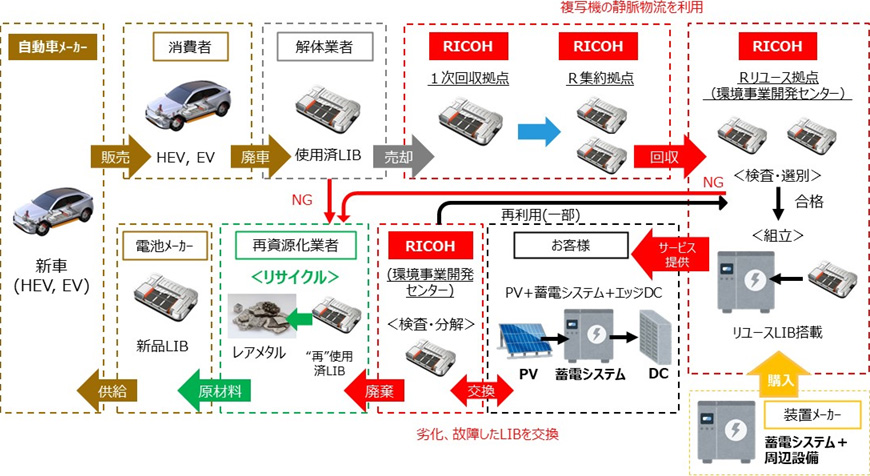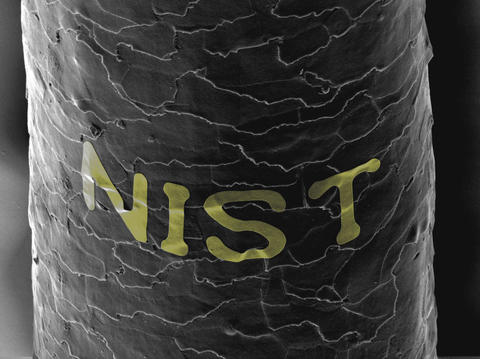動物が種子を散布することで、荒廃した森林に植物の多様性を迅速に取り戻すことができる By dispersing seeds, animals can rapidly reestablish plant diversity in degraded forests
2022-11-25 マックス・プランク研究所
国際チームによるこの研究は、パナマ中央部の放棄後20年から100年にわたる一連の再生林を調査したものである。このユニークな長期的データから、動物が森林破壊地域に多種多様な種子を運ぶことで、わずか40~70年の再生期間で樹木の種の豊富さと存在感を原生林レベルまで回復させるカギを握っていることが明らかになった。
報告書では、再生中の森林を原生林の近くに配置し、狩猟を減らすことで、動物のコロニー形成と定着を促進することも指摘している。
パナマ運河にあるバロ・コロラド自然記念公園(BCNM)の森林は、世界で最もよく研究されている熱帯林のひとつで、何世代もの科学者が、どの動物群がどの樹種を分散させるのかを理解するために、フルーギボアの相互作用を記録してきた。
今回、研究チームは、このユニークな長期データを用いて、飛べない哺乳類、大型鳥類、小型鳥類、コウモリの4種類の動物グループが散布する植物の割合を調べ、その割合が1世紀の自然回復の間にどう変化したかを明らかにした。
この結果は、自然修復の最も長い時間枠における動物の種子散布の回復について、最も詳細なデータを提供するものである。
研究の結果、若い再生林は、ほとんどが小鳥によって散布された木で構成されていることがわかった。しかし、森林が古くなるにつれて、より大きな鳥が散布する樹木が増加した。しかし、意外なことに、20年から老齢林までのすべての林齢において、植物の大部分は陸生哺乳類によって散布された。
<関連情報>
- https://www.mpg.de/19560696/1125-ornr-animals-are-key-to-restoring-the-world-s-forests-987453-x
- https://royalsocietypublishing.org/doi/10.1098/rstb.2021.0076
森林景観の受動的修復に伴う動物種子散布の回復について Animal seed dispersal recovery during passive restoration in a forested landscape
Sergio Estrada-Villegas,Pablo R. Stevenson,Omar López,Saara J. DeWalt,Liza S. Comita and Daisy H. Dent
Philosophical Transactions of the Royal Society B Published:14 November 2022
DOI:https://doi.org/10.1098/rstb.2021.0076

Abstract
Seed dispersal by animals is key for restoration of tropical forests because it maintains plant diversity and accelerates community turnover. Therefore, changes in seed dispersal during forest restoration can indicate the recovery of species interactions, and yet these changes are rarely considered in forest restoration planning. In this study, we examined shifts in the importance of different seed dispersal modes during passive restoration in a tropical chronosequence spanning more than 100 years, by modelling the proportion of trees dispersed by bats, small birds, large birds, flightless mammals and abiotic means as a function of forest age. Contrary to expectations, tree species dispersed by flightless mammals dominated after 20 years of regeneration, and tree richness and abundance dispersed by each mode mostly recovered to old growth levels between 40 and 70 years post-abandonment. Seed dispersal by small birds declined over time during regeneration, while bat dispersal played a minor role throughout all stages of succession. Results suggest that proximity to old growth forests, coupled with low hunting, explained the prevalence of seed dispersal by animals, especially by flightless mammals at this site. We suggest that aspects of seed dispersal should be monitored when restoring forest ecosystems to evaluate the reestablishment of species interactions.
This article is part of the theme issue ‘Understanding forest landscape restoration: reinforcing scientific foundations for the UN Decade on Ecosystem Restoration’.



